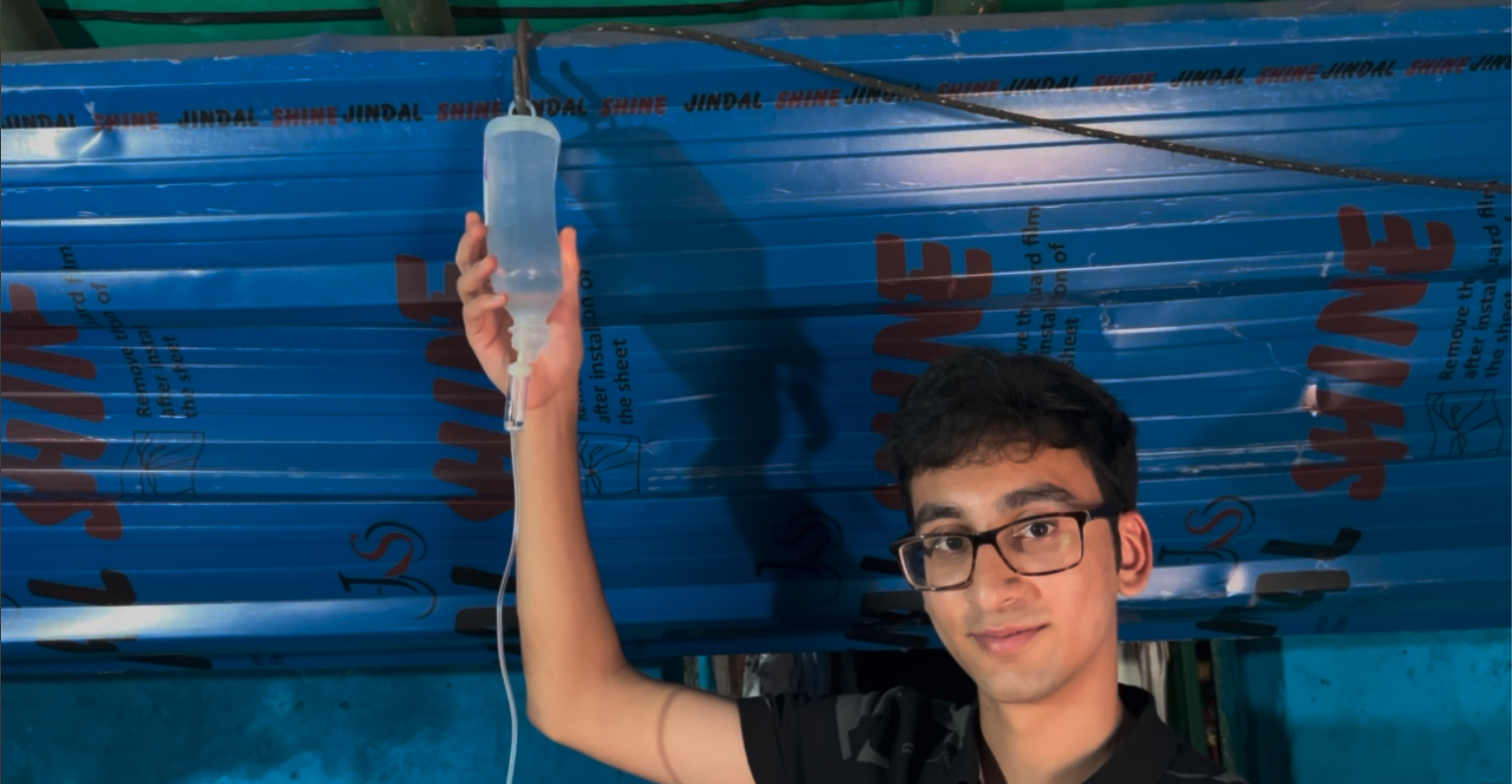A Night of Jugaar: Administering a Saline Drip in Rural India
It was late at night, around 10 PM, and the darkness was all-encompassing when I received a phone call. It was from Toton Mama, the medicine compounder at one of the GP’s where my grandfather works. For the past week, I had been interning at the Chamber where my grandfather still practices, so Toton Mama was well aware of my interest in the field of medicine. The call was an invitation to witness the administration of a saline drip to a patient. However, he warned me that this would not be an ordinary saline drip journey. It was going to be a unique experience, far removed from the controlled environment of a health center or hospital.
What is Jugaar?
In India, there is a term often used called Jugaar. It essentially means making do with the resources available while still getting the job done. Not every task can be completed through the proper channels or with the ideal preparation, but it must be completed nonetheless. This concept was about to be applied to the saline drip we were about to administer.
The Journey Begins
As we traveled to the patient’s house, I learned more about the patient’s condition. The patient had recently suffered from severe diarrhea, leading to serious dehydration. This had left the patient barely able to walk, talk, eat, and extremely fatigued. The situation was dire, compounded by electrolyte imbalances. The journey was through pitch-black roads, with only the bike headlights piercing the darkness. When we finally reached the patient’s house, it was as rural as it gets. The dirt roads were barely 1.5 meters wide, and there was no phone reception.
Improvising the Setup
We got to work instantly. Toton Mama began unwrapping all the components needed for the saline drip: the 500ml plastic bottle, the tubing, and the needle. The blue switch was the controller, allowing us to adjust the drip rate. We had a hook to hang the saline drip from the ceiling—yes, you heard that right. There was no IV stand in sight, but this is where Jugaar comes into play. Resourcefulness was key.
On a page from WikiHow about administering IV fluids, the first item listed is an IV stand. Here, we had to improvise. The drip meter allowed us to count the drops of saline per second and calculate the drips per minute. For reference, around 60 drips per minute is slow, 80-90 drips per minute is a good speed, and anything above 100 drips per minute is extremely fast but may be necessary if the patient’s condition is critical. It was also crucial to ensure there were no air bubbles or gaps in the tubing, as these could be deadly for the heart.
We used a tourniquet to artificially increase the blood pressure, making it easier to find a good vein for the needle. The injection was into a vein because it leads to the heart, from where the saline would be distributed around the body, rather than into an artery.
More than Just Saline
Next, we had to inject the MVI (Multivitamin Injection), but not directly into the patient. Instead, we added it to the saline bottle. The drip meter also acted as an indicator of how much fluid the body was taking in. If there was an overload of fluid building up, the flow needed to be reduced. However, if there was no fluid accumulating, the speed might need to be increased.
This experience was a profound lesson in resourcefulness and adaptability. It highlighted the importance of being able to work with what you have, especially in challenging environments. The concept of Jugaar is not just about making do; it’s about finding innovative solutions to ensure that the job gets done, no matter the circumstances.

No responses yet